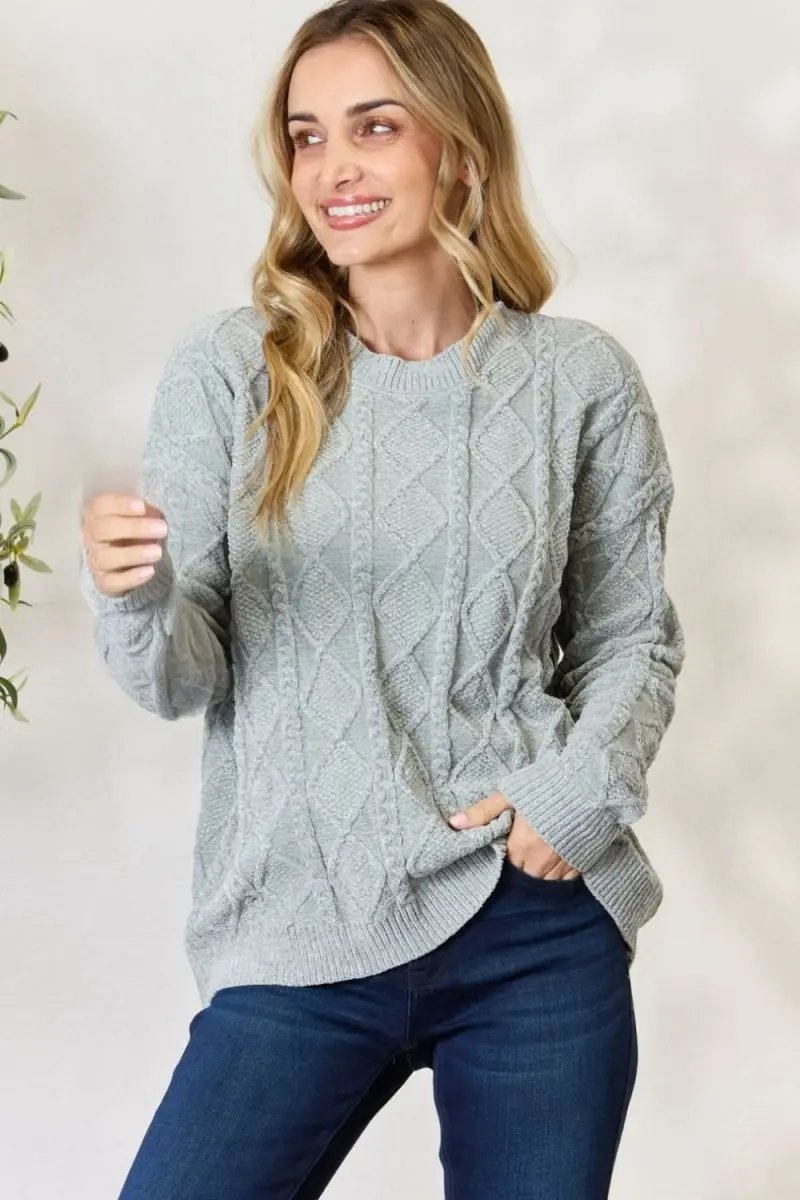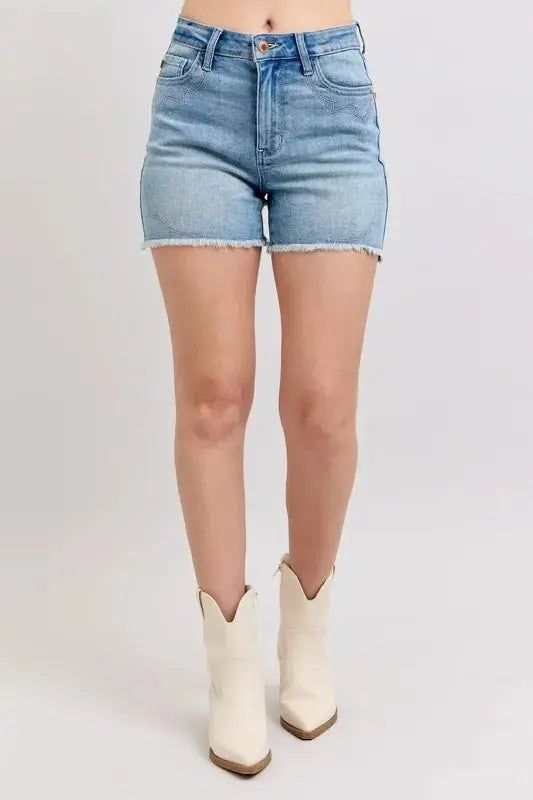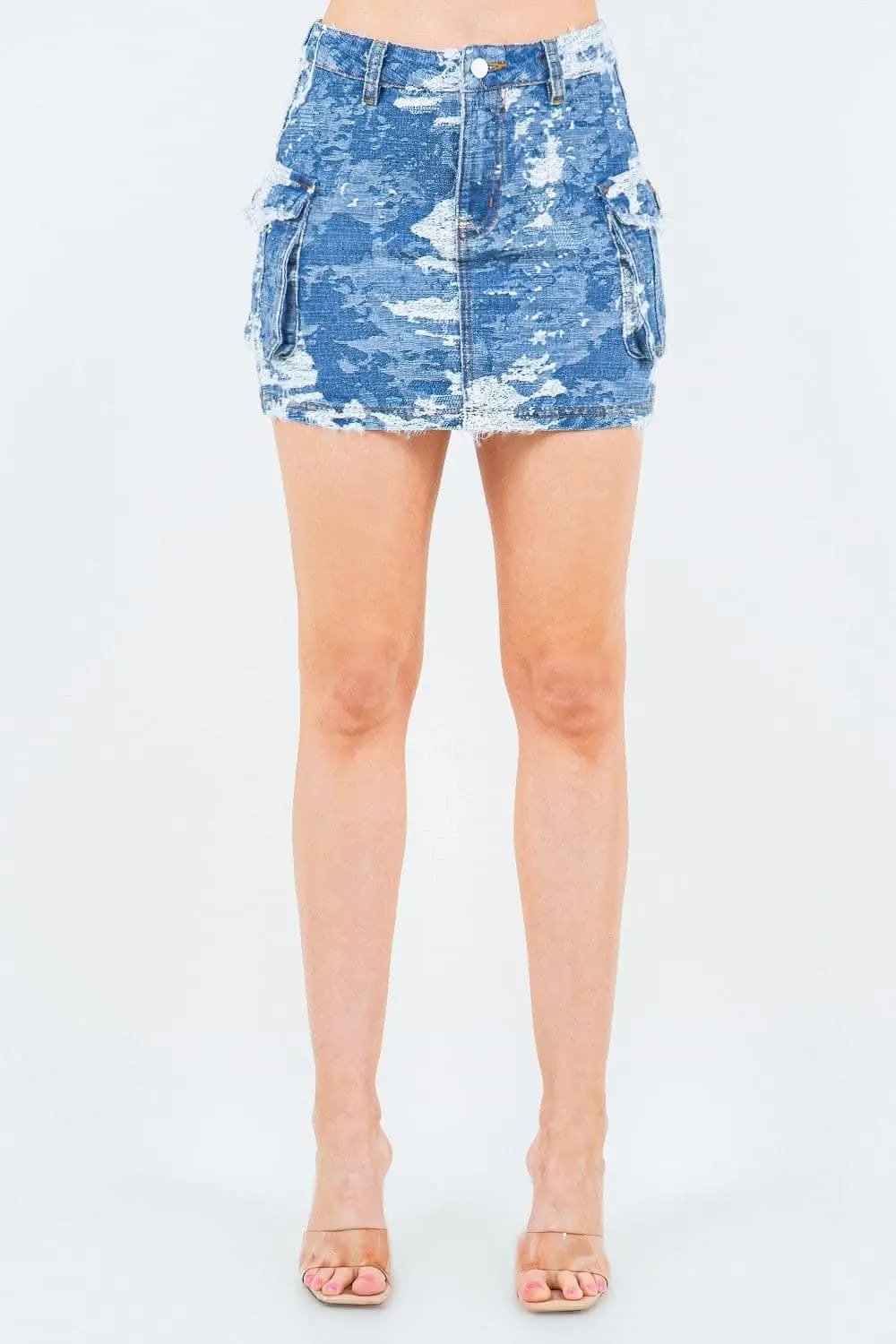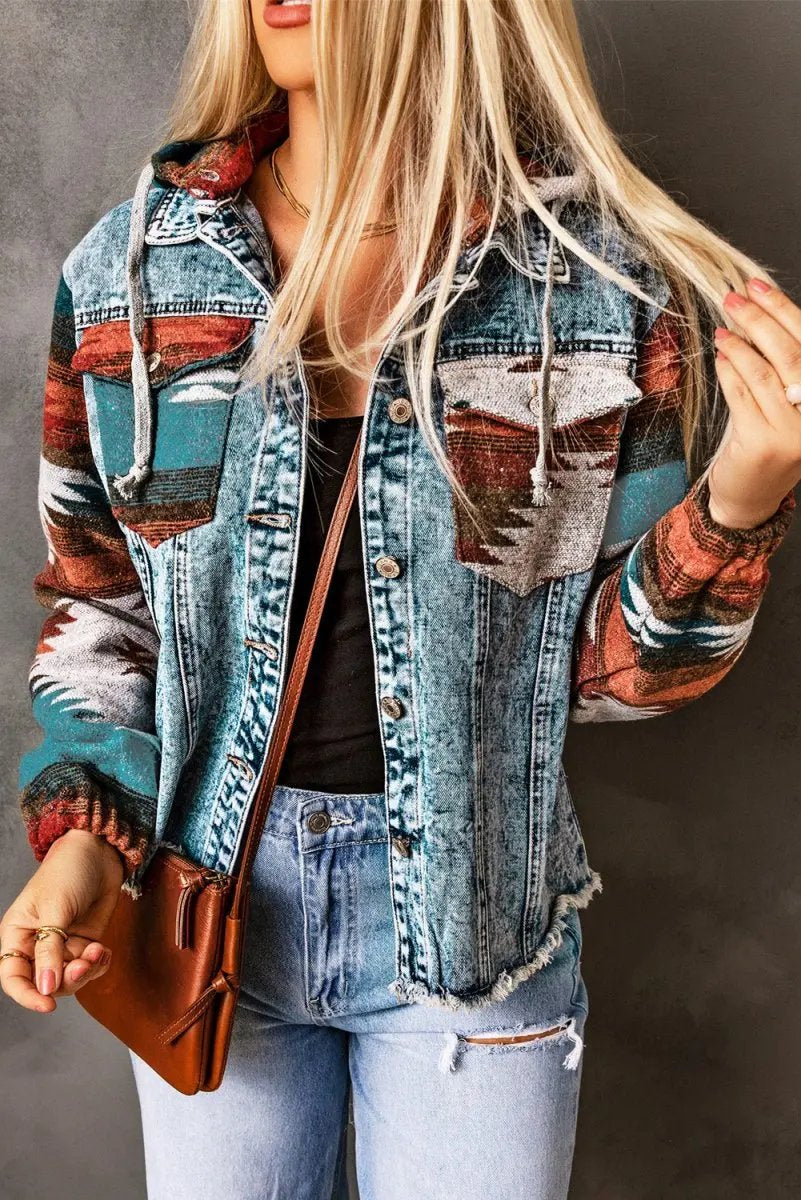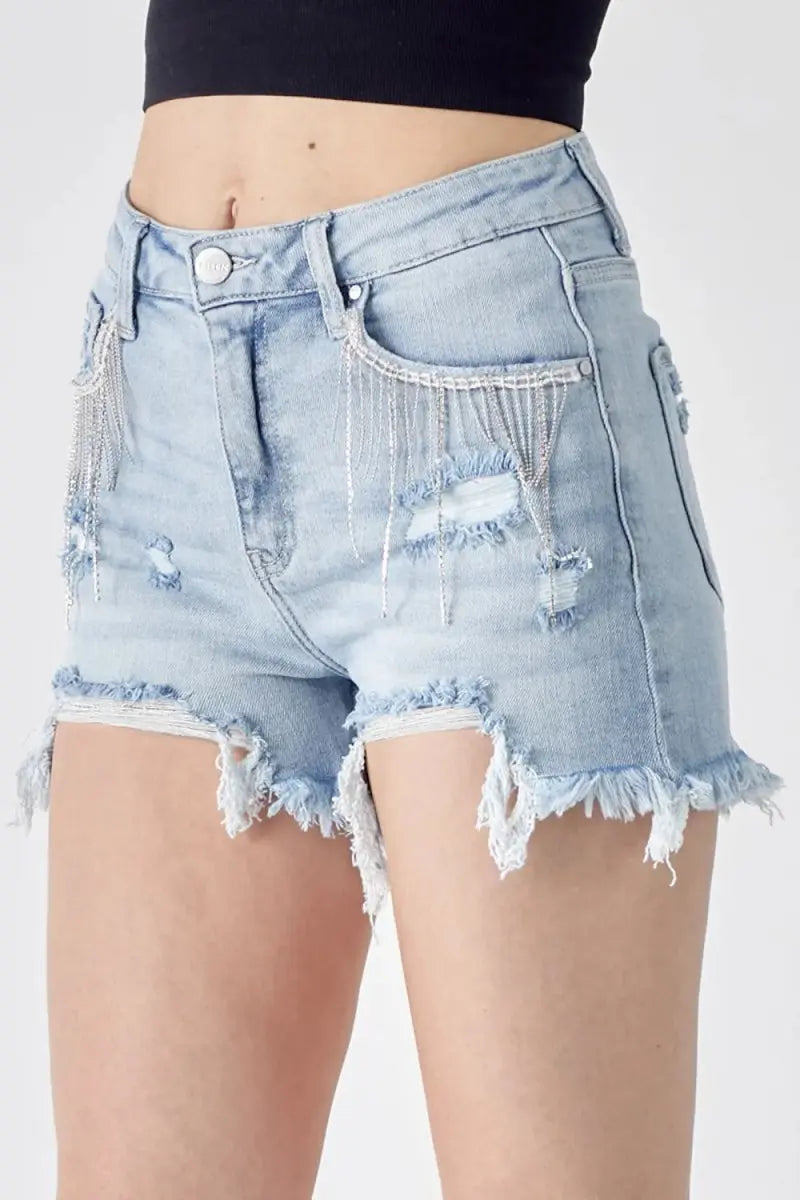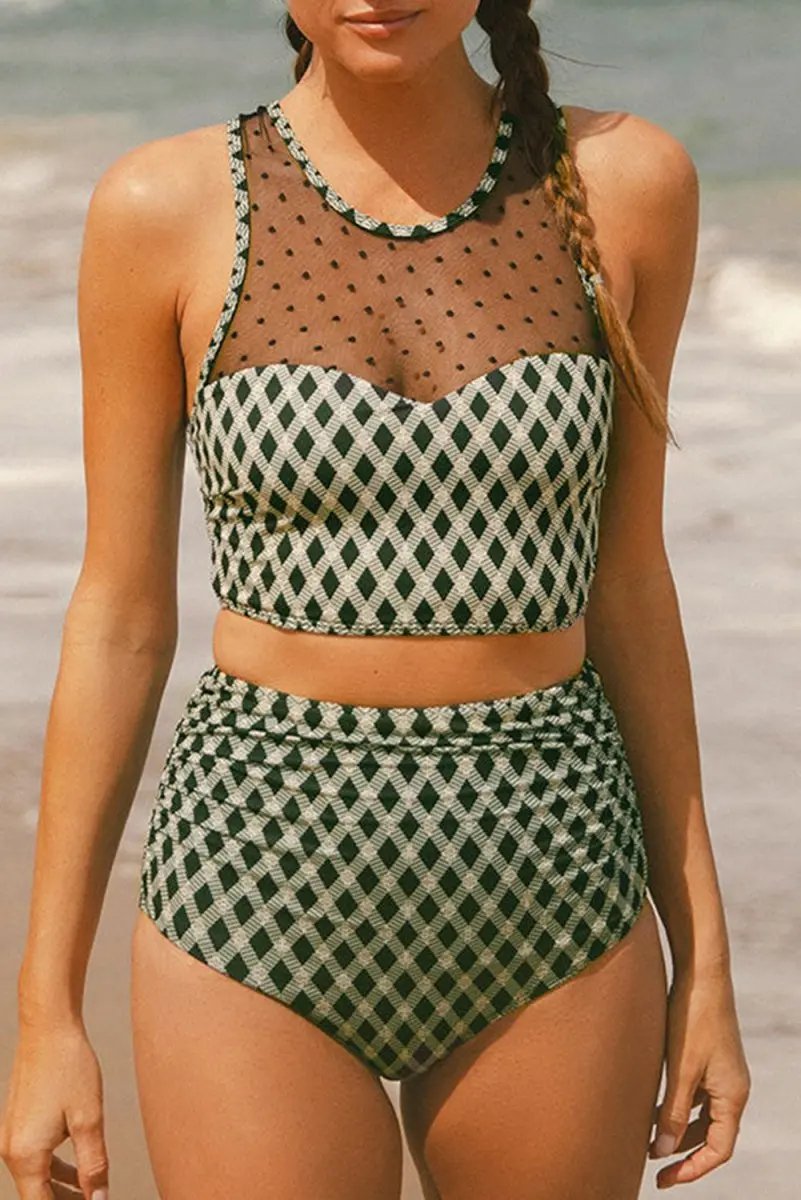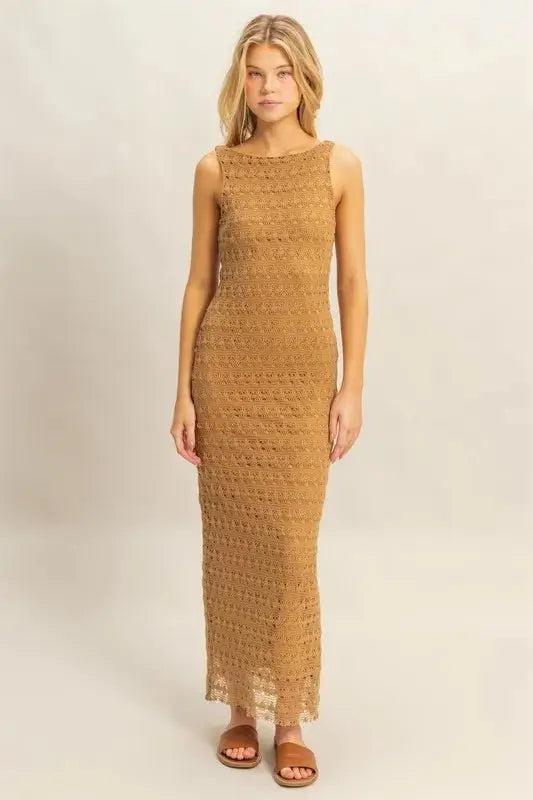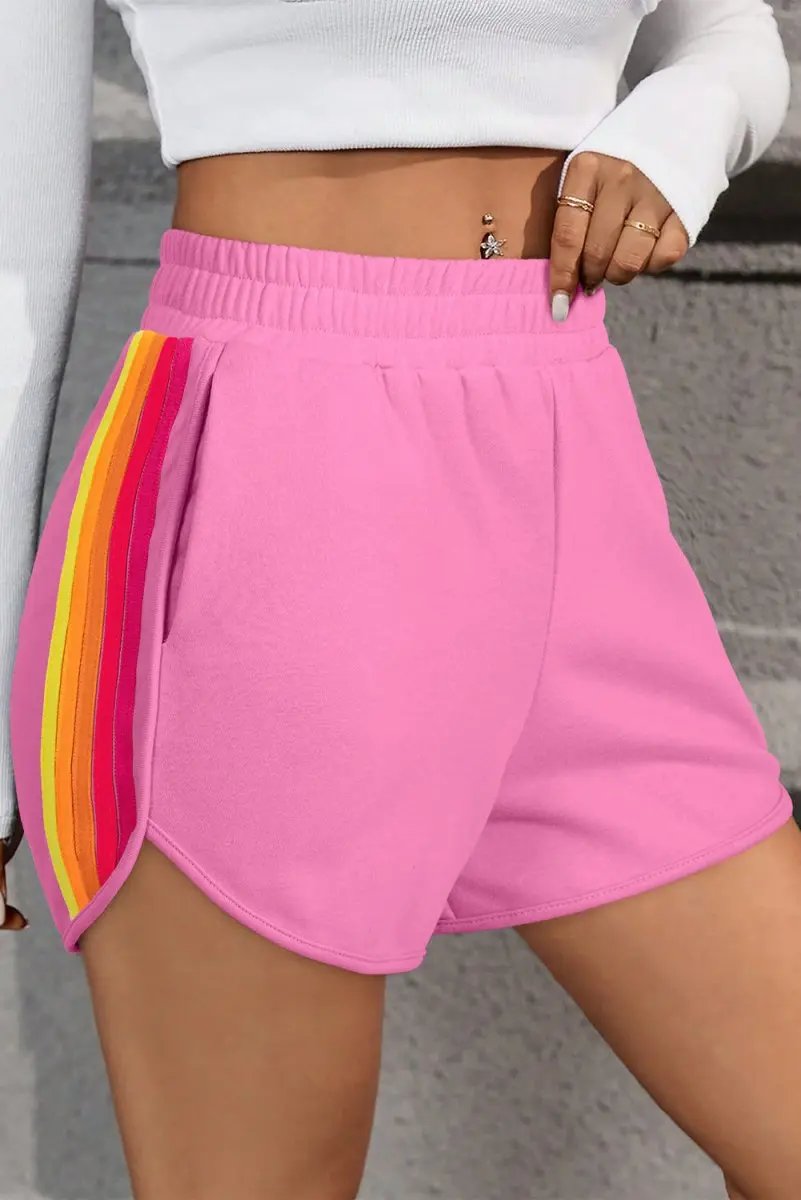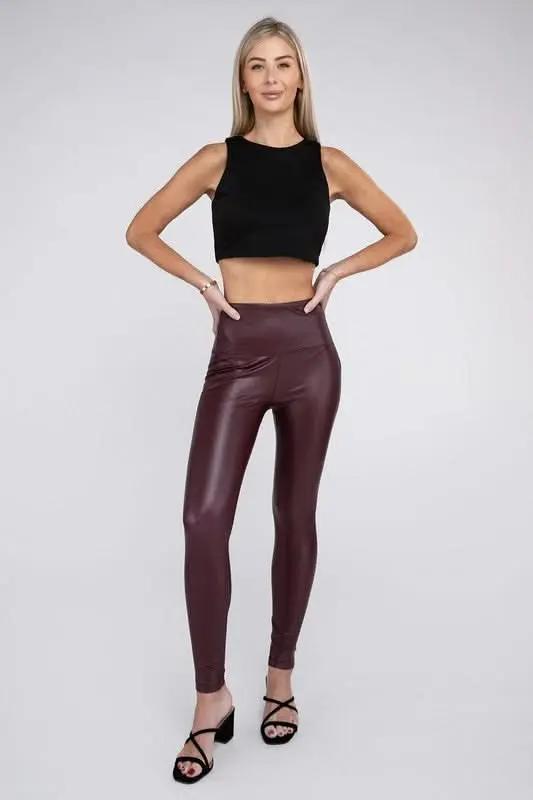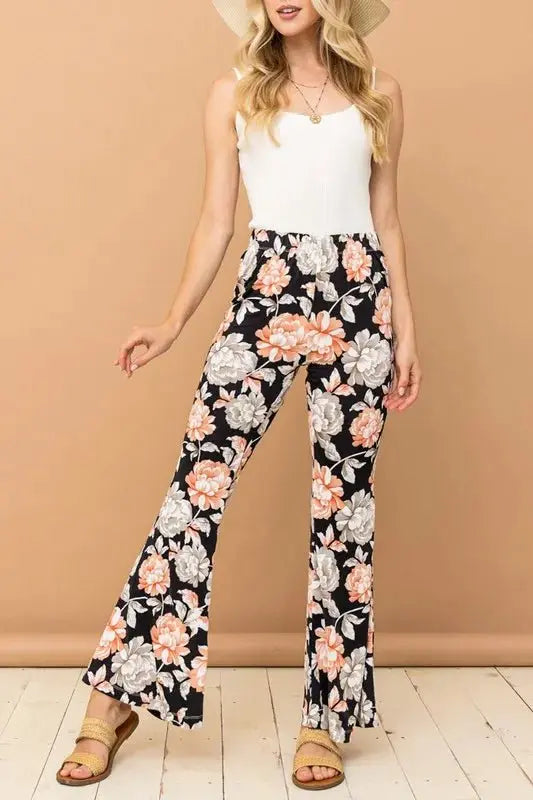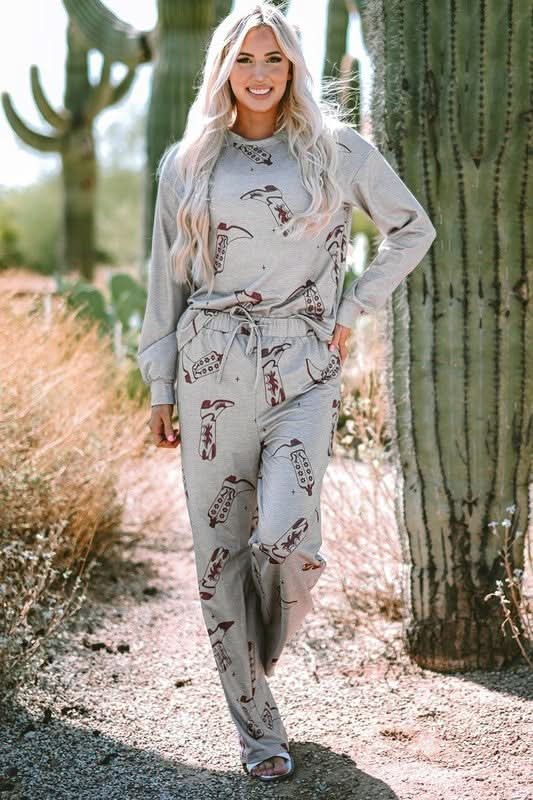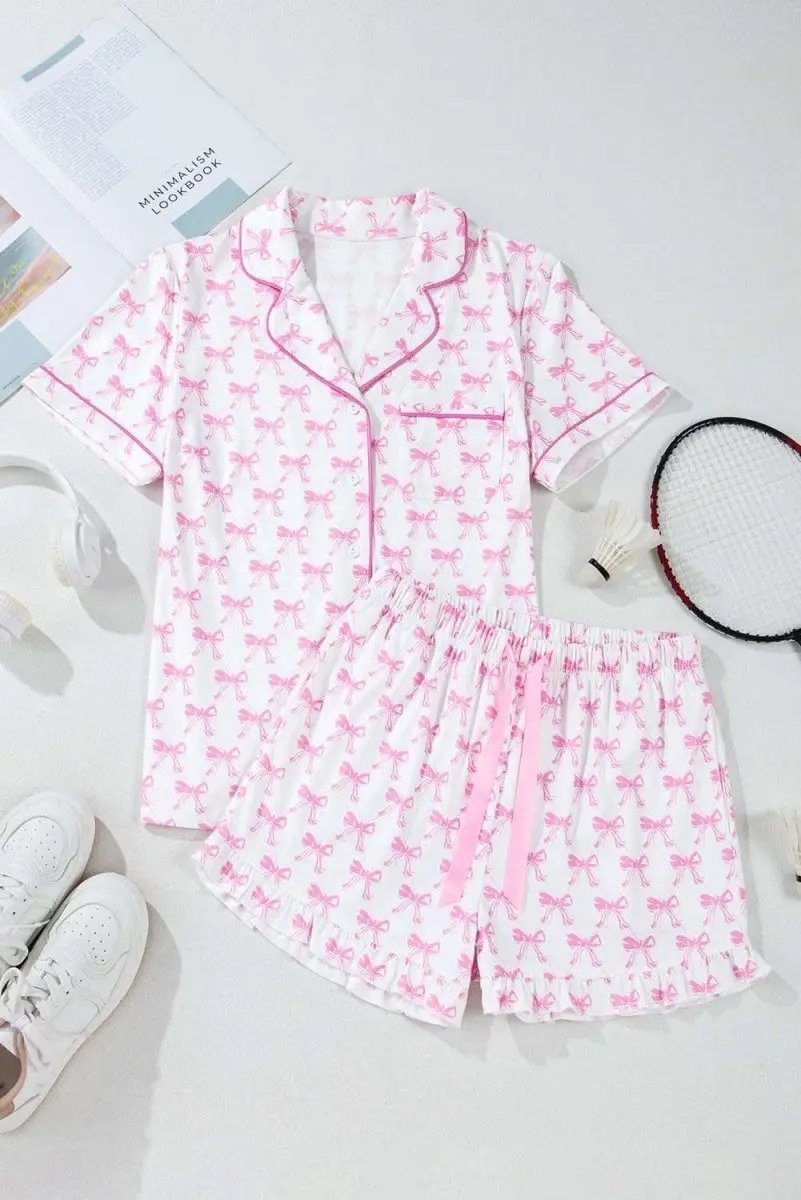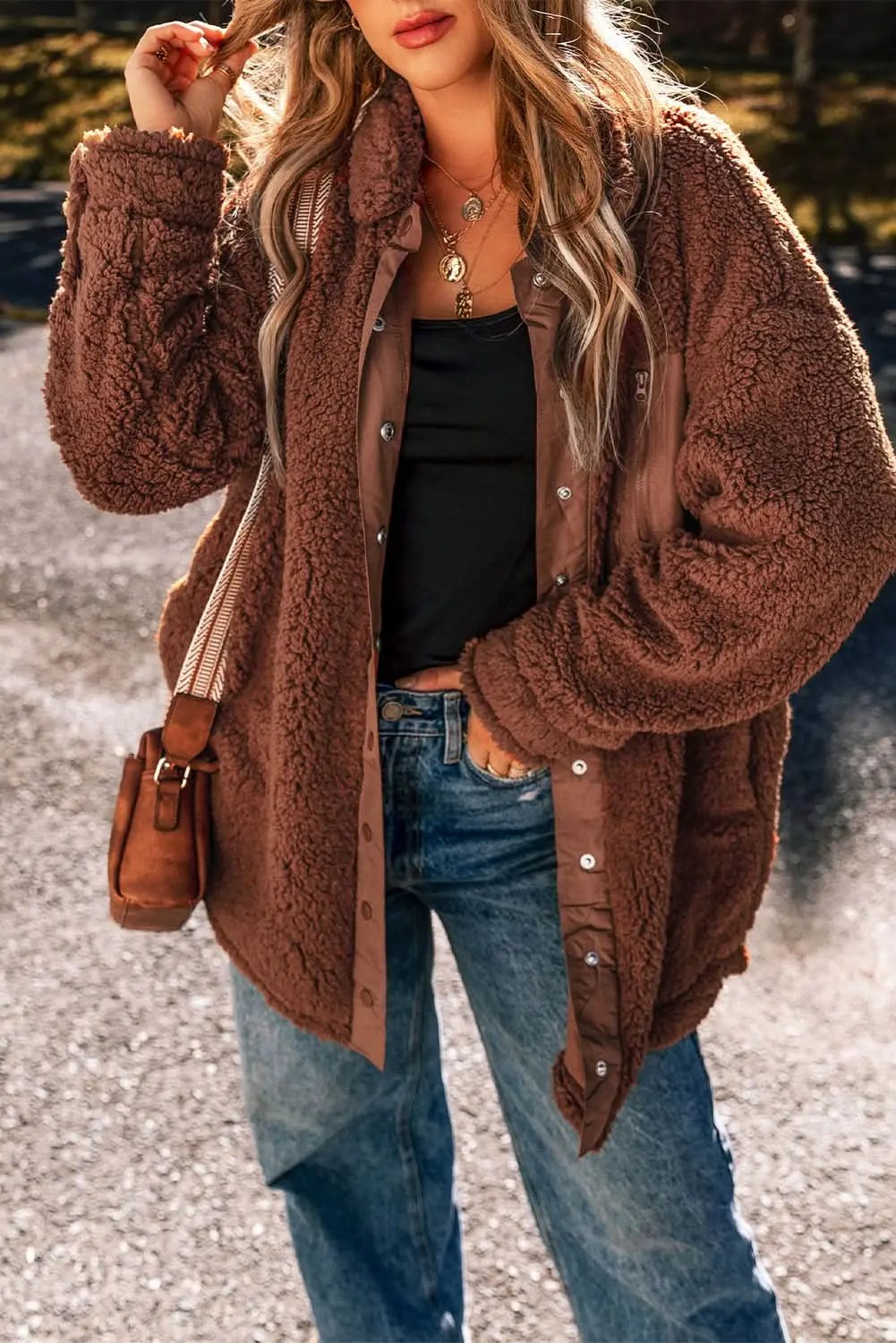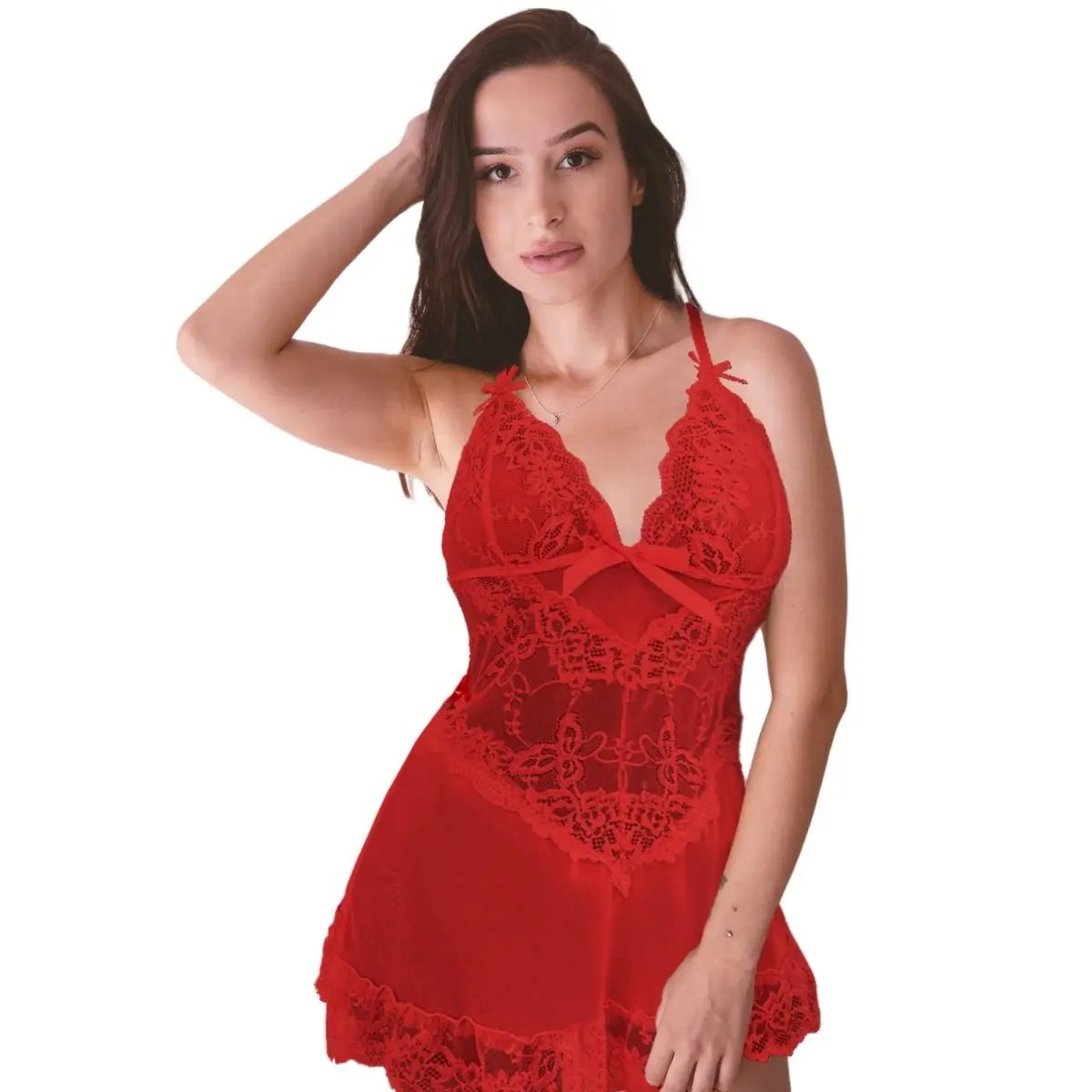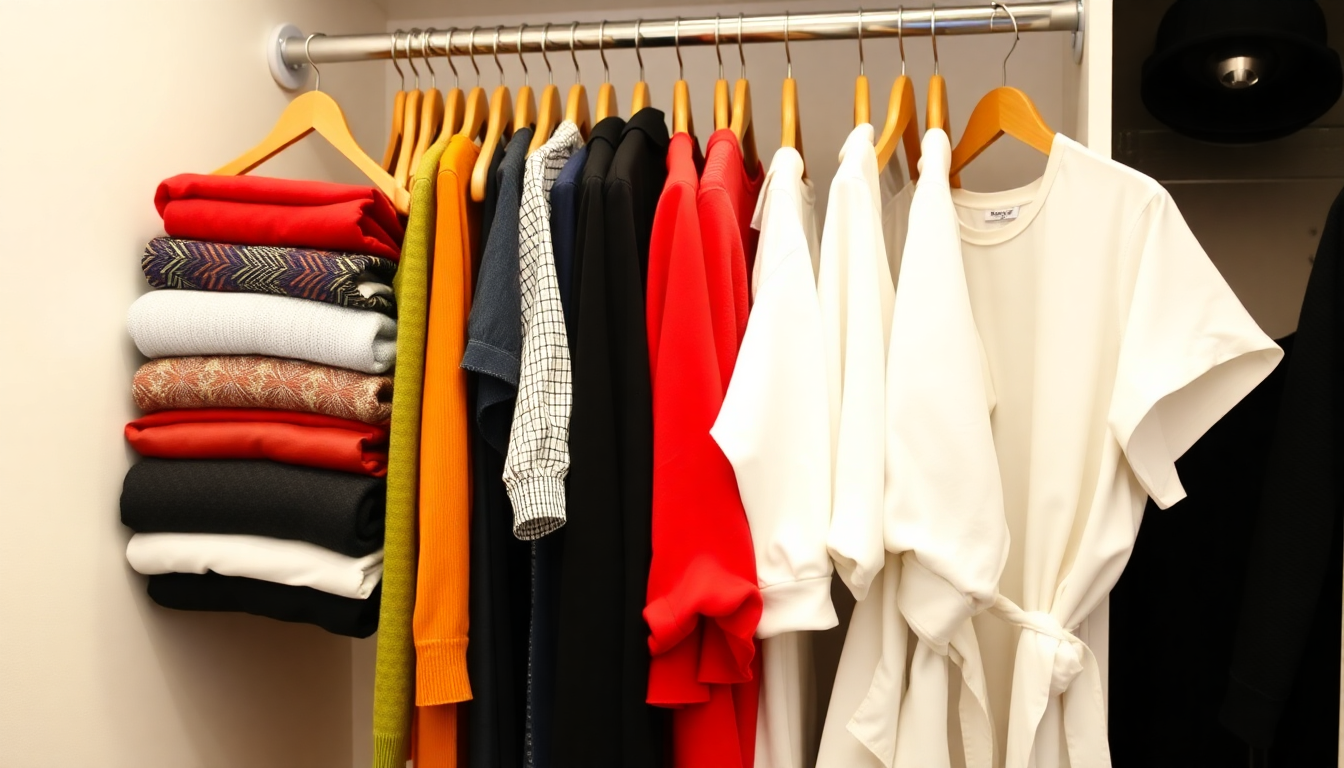Introduction
Creating a sustainable plus-size wardrobe is about more than buying fewer items. It means choosing well made pieces, caring for them correctly, repairing and altering as needed, and styling strategically so each item gets maximum wear. Flying Tomato pieces are designed with inclusive sizing and modern silhouettes, but longevity depends on the way garments are treated after purchase. This comprehensive guide explains care, repair, and styling strategies that help Flying Tomato items last longer, reduce waste, and make mixing and matching effortless in 2025 and beyond.
Why a Sustainable Plus-Size Wardrobe Matters
Fast fashion often prioritizes low cost over durability. For plus-size shoppers, limited options and ill-fitting garments increase stress on seams, buttons, and elastics, accelerating wear and tear. Building a sustainable plus-size wardrobe reduces overall consumption, saves money over time, and supports a healthier environment. It also helps normalize clothing that fits and flatters across sizes, encouraging brands to invest in quality construction.
Overview of Flying Tomato as a Brand
Flying Tomato has become a go-to brand for inclusive, on-trend styles. Their sizing and cut choices are thoughtful, but like any brand, lifespan depends on fabric choice, construction details, and maintenance. This guide assumes you own or plan to buy Flying Tomato pieces and want to maximize their usefulness through care, repair, and styling.
Core Principles for Garment Longevity
- Understand fabric needs and follow care labels.
- Wash less and wash smarter to reduce friction and chemical stress on fibers.
- Perform small repairs early to prevent bigger damage.
- Tailor when necessary to improve fit instead of discarding a good piece.
- Style deliberately so each garment works in multiple outfits across seasons.
Fabric Guide: How Flying Tomato Materials Behave and What They Need
Knowing fabric properties is the first step to proper care. Here are common materials used by modern inclusive brands and how to treat them.
- Cotton and Cotton Blends: Breathable and comfortable. Prone to shrinking and fading. Wash cold, gentle cycle. Avoid high dryer heat. Turn inside out to preserve color and reduce pilling.
- Viscose, Rayon and Modal: Soft and drapey but delicate when wet. Hand wash or gentle machine cycle in a mesh bag. Reshape and lay flat to dry to prevent stretching.
- Polyester and Microfiber Blends: Durable, quick-drying, colorfast. Wash cool to avoid static and preserve sheen. Use low-heat drying or air dry. These fabrics resist wrinkling but may hold odors; occasional sun airing or steaming helps.
- Elastane/Spandex Blends: Provide stretch and recovery. Heat degrades elasticity, so avoid hot water and high dryer heat. Gentle cycles and lay-flat drying extend lifespan.
- Knits and Jerseys: Comfortable and forgiving; can snag easily. Use mesh bags, wash on gentle, and lay flat when drying heavier knits to prevent shoulder stretch.
- Denim: Sturdy but can fade and soften. Wash infrequently, inside out, cold. Spot-clean and air out to extend time between washes. For selvedge denim or premium constructions, consider professional care guidelines.
Step-by-Step Washing and Drying Routine
- Sort by color, fabric type and level of dirtiness. Avoid mixing heavy denim with delicate knits.
- Use a gentle, biodegradable detergent and avoid bleach unless item is bleach-safe. For darks, choose detergents formulated for color preservation.
- Turn garments inside out and close fasteners. This reduces abrasion and friction across seams and prints.
- Wash on the shortest effective cycle in cold water. Cold water preserves color, fiber strength, and elasticity.
- For delicates, use a mesh laundry bag and the machine's delicate setting or hand wash in cool water with mild soap.
- Avoid overloading the washer. Garments need space to move freely without excess friction.
- Air dry where possible. Hang lightweight items and lay heavier knits flat. Use padded hangers for blouses and dresses to maintain shoulder shape.
- If you must use a dryer, tumble on low heat and remove items promptly to reduce wrinkling. Consider dryer balls to reduce drying time and soften fabrics naturally.
Stain Removal: Targeted Solutions for Common Stains
Quick action prevents many stains from becoming permanent. Keep a small stain kit at home and travel with a stain-removal pen or wipes.
- Oil and Grease: Apply cornstarch or talc to absorb fresh oil. Brush off and treat with dish soap or a dedicated grease-fighting prewash before laundering.
- Red Wine: Blot immediately, cover with salt or baking soda to absorb, then rinse. Use an enzyme-based stain remover and cold wash.
- Sweat and Deodorant: Pre-soak in cold water with a scoop of oxygen bleach. Avoid hot water which can set protein stains.
- Ink: Dab with rubbing alcohol or hand sanitizer on a microfiber cloth, then rinse. Test in a hidden spot first to confirm colorfastness.
- Makeup: Use gentle soap or a makeup remover wipe to lift pigment before washing. Avoid rubbing aggressively which can grind pigment into fabric fibers.
Repair 101: Tools and Basic Techniques
Having a small repair kit and knowing basic mending techniques prevents small problems from becoming reasons to discard garments. Keep a kit with needles, assorted thread, spare buttons, scissors, seam ripper, iron-on hem tape, fusible interfacing, fabric glue and a small assortment of matching fabric scraps or patches.
- Button Replacement: Use strong polyester thread or dental floss for reinforcement. Sew a small shank with thread rings to allow the button to sit comfortably over thicker seams or elastic.
- Hems: For quick fixes, iron-on hem tape is a stopgap. For durable results, hand-sew or run a machine hem with matching thread. Use a blind hem technique for invisible results on skirts and dresses.
- Small Holes and Snags: For knit snags, use a fine crochet hook or needle to pull the snag back through to the underside then secure with a few tiny stitches. For holes, apply an interior patch or use darning to weave new thread into the opening.
- Seam Repairs: Reinforce stress points early. Open the seam slightly if needed and sew a straight stitch across the affected area, then finish with a zigzag or overcast to prevent fraying.
- Zipper Care: Lubricate with a graphite pencil or beeswax for sticking zippers. Replace broken zippers at a tailor for professional fit and function.
- Elastic Replacement: Waistbands and cuffs often lose shape. Carefully open a small seam, remove old elastic, insert new elastic of the same width and stretch, then stitch closed securely.
Advanced Repairs and When to See a Professional
Do-it-yourself mending is empowering and cost effective, but some jobs are better left to professionals.
- Major structural alterations such as shifting bust darts, resizing a jacket, or replacing heavy coat linings are best handled by an experienced tailor.
- Hemming complex fabrics like leather, thick boots, or lined garments benefits from a professional's tools and technique.
- When a valued garment has multiple simultaneous issues, consolidation services at a repair shop can both preserve fit and improve wearability.
Tailoring Tips for Plus-Size Fit and Longevity
A well-timed tailor visit can make an inexpensive garment feel custom and extend the life of a favorite piece.
- Prioritize What Gets Altered: Focus on items you wear most. Slight adjustments to shoulder fit, sleeve length, and hemline yield high returns.
- Ask for Reinforcements: Request bar tacking at stress points and reinforced seams on trousers and skirts for durability.
- Keep Original Fabric: When making major changes, ask the tailor to keep removed fabric pieces. They can be used later for color matching or repairs.
- Document Alterations: Take photos and notes of the changes so you can request similar work for future purchases.
Styling Strategies to Mix Flying Tomato Pieces Effortlessly
Smart styling increases outfit options without adding new items. Below are concrete strategies and outfit formulas that work for plus-size bodies.
- Build a neutral core: Choose three neutrals that flatter your skin tone. Neutrals create a platform for pattern and color rotation.
- Contrast balances energy: Pair a fitted top with a flowy skirt, or a full-sleeve blouse with a straight-leg trouser to maintain visual balance.
- Waist definition: Add belts over dresses or cardigans to create shape. High-waist bottoms with cropped or tucked-in tops elongate the torso.
- Layer with intention: A lightweight longline cardigan transforms a tank and jeans into a work-casual look. Blazers elevate basics instantly.
- Use statement pieces sparingly: One statement element per outfit keeps looks cohesive and wearable long term.
Capsule Wardrobe Example: 20 Pieces That Create Versatility
This expanded capsule keeps sustainability and plus-size fit in mind. These 20 items can create 60 to 100 outfit combinations depending on layering and accessories.
- 1 structured blazer in a neutral
- 1 longline cardigan
- 1 utility jacket or denim jacket
- 1 lightweight trench or raincoat
- 2 versatile dresses (wrap dress and day dress)
- 1 little black dress
- 2 pairs of pants (high-waist straight and wide-leg)
- 1 pair of dark jeans
- 1 midi skirt (A-line)
- 2 tops (one solid, one patterned)
- 2 blouses (one fitted, one flowy)
- 1 knit sweater
- 1 camisole or layering tank
- 1 pair ankle boots
- 1 pair comfortable sneakers or flats
- Accessories: 2 belts, 2 scarves, 3 pieces jewelry
12 Outfit Formulas to Rotate Weekly
- Wrap dress + longline cardigan + ankle boots
- Blouse + straight-leg pants + blazer
- Tank + denim jacket + high-waist jeans
- Little black dress + statement earrings + flats
- Midi skirt + fitted top + belt
- Sweater + wide-leg pants + sneakers
- Patterned top + dark jeans + utility jacket
- Camisoled layered under blouse + blazer
- Day dress + trench coat + ankle boots
- Cardigan + camisole + skirt + belt
- Layered knit over dress + scarf
- Mix of neutrals with one accent color and rotated jewelry
Closet Organization and Storage for Longevity
- Store off-season pieces in breathable garment bags or boxes with acid-free tissue paper to prevent yellowing and creasing.
- Use sturdy hangers for coats and padded hangers for delicate tops to keep shape intact.
- Fold heavy knits and store flat to avoid shoulder stretching.
- Keep a small mending station near your closet with spare buttons, thread and a sewing kit to tackle small issues immediately.
Travel and Packing Tips to Preserve Pieces on the Go
- Use packing cubes to separate outfits and reduce friction between fabrics.
- Roll soft items and fold structured pieces around them to minimize creasing.
- Bring a travel steamer and a stain-removal pen to address issues immediately.
- Wear the bulkiest items on the plane to save luggage space and reduce repeated packing stress.
Sustainable Shopping Habits and Post-Purchase Care
- Prioritize quality over quantity and choose pieces with reinforced seams and professional finishes.
- Read the care label before purchasing; difficult-to-care-for fabrics may not fit a sustainable lifestyle.
- Start with versatile colors and add statement items sparingly. Versatility equals fewer purchases overall.
- Keep receipts, tags and spare buttons in a small envelope for future repairs or returns.
Repair, Resell and Recycle Options
When a piece is no longer wearable in its current form, there are sustainable options beyond the landfill.
- Resell: Use local buy-sell groups or curated resale apps that accept plus-size modern brands.
- Repair and Upcycle: Turn an old dress into a skirt, patch a worn knee with contrasting fabric for a fashion-forward fix, or turn scarves into accessories.
- Recycle: Investigate textile recycling programs in your area or through the brand. Some retailers offer recycling bins for old garments.
- Donate: Donate gently used pieces to local shelters or community groups where the sizing will be appreciated.
DIY Mending Projects That Add Personality
- Add a patch or embroidery to cover small stains or holes; visible mending can be a style statement and extend life.
- Replace plain buttons with vintage or colorful ones to update a piece without buying new.
- Shorten sleeves or convert full-length items into seasonal pieces like crop jackets or skirts.
Tools and Supplies Checklist
- Needles and assorted thread, including heavy-duty polyester thread
- Seam ripper, small scissors and snips
- Spare buttons and a button sewing kit
- Mesh laundry bags and padded hangers
- Iron-on hem tape and fusible interfacing
- Portable steamer and stain-removal pen
- Fabric glue and patch materials
Maintenance Calendar: A Simple Routine to Follow
- Weekly: Air out worn items and spot clean as needed.
- Every 2 weeks: Launder only what needs washing using cold water and gentle cycles.
- Monthly: Inspect seams, elastics and fasteners; sew or mend small problems immediately.
- Quarterly: Rotate seasonal items, launder and store off-season garments properly, and consider professional cleaning for structured coats.
- Annually: Evaluate the wardrobe for pieces to repair, resell, or recycle and plan purchases to fill real gaps.
Cost-Benefit: Why Repairing Often Saves Money
Small repairs and alterations typically cost a fraction of replacing a garment. Investing in a good tailor or learning basic skills creates savings that compound over time. Keeping one dress for five years instead of replacing it every other season reduces money spent and textile waste dramatically.
SEO Tips for Sharing Your Sustainable Wardrobe Journey
If you write about your process, these SEO tips help your content reach other plus-size shoppers and sustainable fashion audiences:
- Use key phrases like sustainable plus-size wardrobe, Flying Tomato care, garment repair, and capsule wardrobe in headings and naturally through the text.
- Include location-specific keywords if you recommend local tailors or repair shops, for example plus-size tailoring in [city].
- Publish how-to photos and short videos demonstrating repairs, as visual content increases engagement and time on page.
- Create downloadable checklists and a printable care calendar to encourage shares and backlinks.
Frequently Asked Questions
- How often should I wash my jeans? Wear 4 to 8 times between washes unless stained. Spot clean and air out to prolong the interval.
- Can I machine dry my dresses? Check the label. Most dresses last longer air dried. If using a dryer, tumble low and remove promptly.
- When should I replace elastics? Replace when you notice permanent loss of stretch or visible fraying. Early replacement is inexpensive and restores comfort.
- Is visible mending acceptable in work environments? It depends on your workplace. Subtle visible mends can be tasteful; for conservative offices, opt for invisible mend techniques or professional tailoring.
Final Checklist: Start Today
- Assess three Flying Tomato items you wear most and identify one care improvement for each.
- Buy the basic mending kit and practice one small repair, such as sewing on a button or repairing a hem.
- Create a capsule plan with colors and 12 to 20 core pieces to guide future purchases.
- Schedule a tailor consultation for one complex alteration to learn what tailoring can do for fit and longevity.
Conclusion
A sustainable plus-size wardrobe is within reach. With Flying Tomato pieces as a foundation, you can extend the life of clothes through thoughtful care, targeted repairs, and smart styling. This approach saves money, reduces waste and helps you build a wardrobe that feels intentional and joyful. Start small, stay consistent, and celebrate how each well-cared-for piece contributes to a more sustainable closet and planet.

